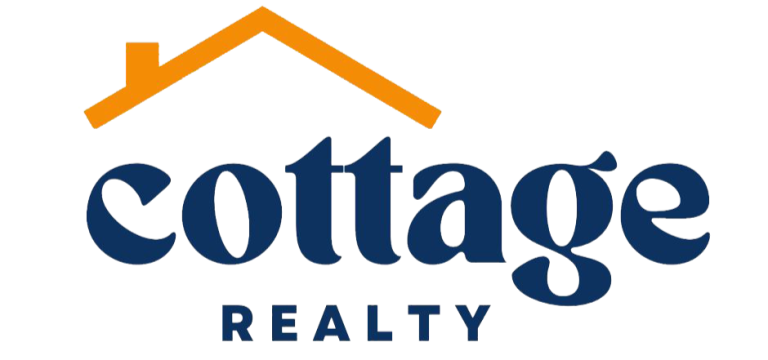Investing in real estate can be a rewarding way to build wealth, but understanding how to assess the return on investment (ROI) is key to making smart decisions. Whether you’re eyeing a rental property, a fix-and-flip project or even a vacation home, calculating ROI helps you know if the investment is worth your time and money. Let’s explore how you can effectively assess the ROI of a real estate investment.
What Is ROI in Real Estate?
Return on investment measures the profitability of your investment relative to the cost. In real estate, it typically involves comparing the income or profit generated by a property to the money you’ve invested in it. A higher ROI means a more lucrative investment.
Key Factors to Consider When Calculating ROI
To get an accurate ROI, you need to account for several factors:
- Purchase Price
Start with the total cost of acquiring the property. This includes the purchase price, closing costs, inspection fees, and any renovation expenses.
- Rental Income or Resale Value
For rental properties, calculate the expected monthly rental income. For a fix-and-flip, estimate the resale value based on market trends.
- Unexpected Costs
Set aside a budget for unplanned expenses, such as major repairs or market downturns, which can impact your ROI.
Step-by-Step Guide to Calculating ROI
Here’s a straightforward way to calculate ROI:
- Calculate Your Annual Income
If you’re renting the property, multiply your monthly rent by 12 to get your yearly income. For fix-and-flip projects, use the expected sale price as your income figure.
- Subtract Expenses
Deduct all annual expenses (maintenance, taxes, insurance, etc.) from your annual income. For example, if your rental income is $15,000 and your expenses total $5,000, your net income is $10,000.
- Divide by Total Investment
Calculate your total income and divide it by the total investment cost. For instance, if you spent $100,000 on the property, your ROI would be 10% ($10,000 ÷ $100,000).
- Multiply by 100
To express ROI as a percentage, multiply the result by 100. In this example, your ROI is 10%.
Tips for Improving Your ROI
- Choose the Right Location
Properties in high-demand areas often generate higher rental income or appreciate faster. Research neighborhoods with growing job markets, good schools and low crime rates.
- Renovate Wisely
Focus on cost-effective upgrades that increase the property’s value like modern kitchens, updated bathrooms or energy-efficient appliances.
- Manage Costs
Keep an eye on your expenses. Consider DIY maintenance or negotiating lower rates with contractors to reduce costs.
Evaluating the return on interest of a real estate investment can be streamlined by breaking it into simple steps. By analyzing costs, income and market trends,


